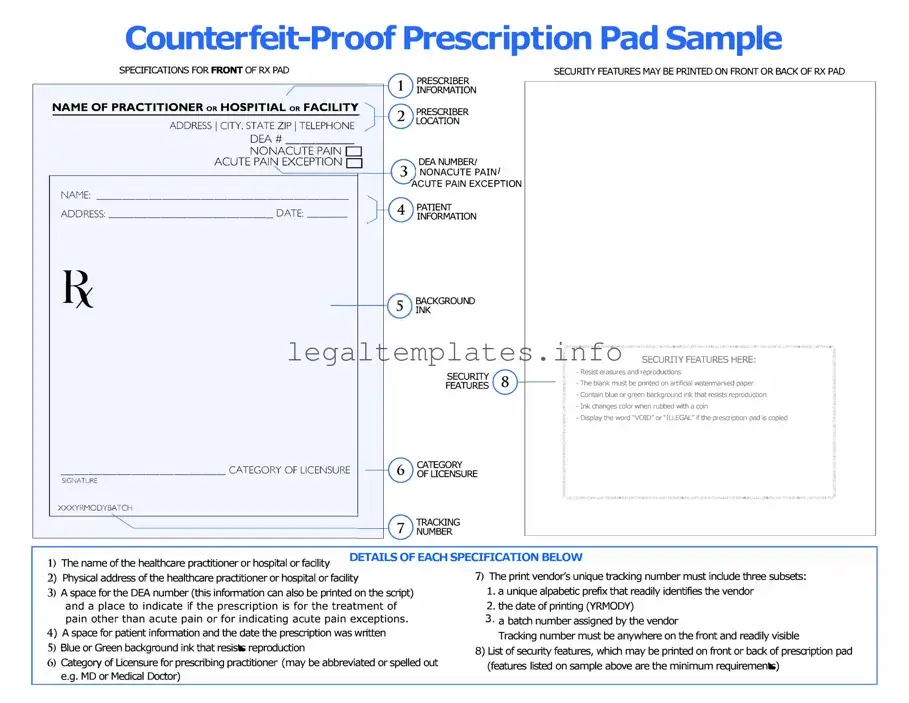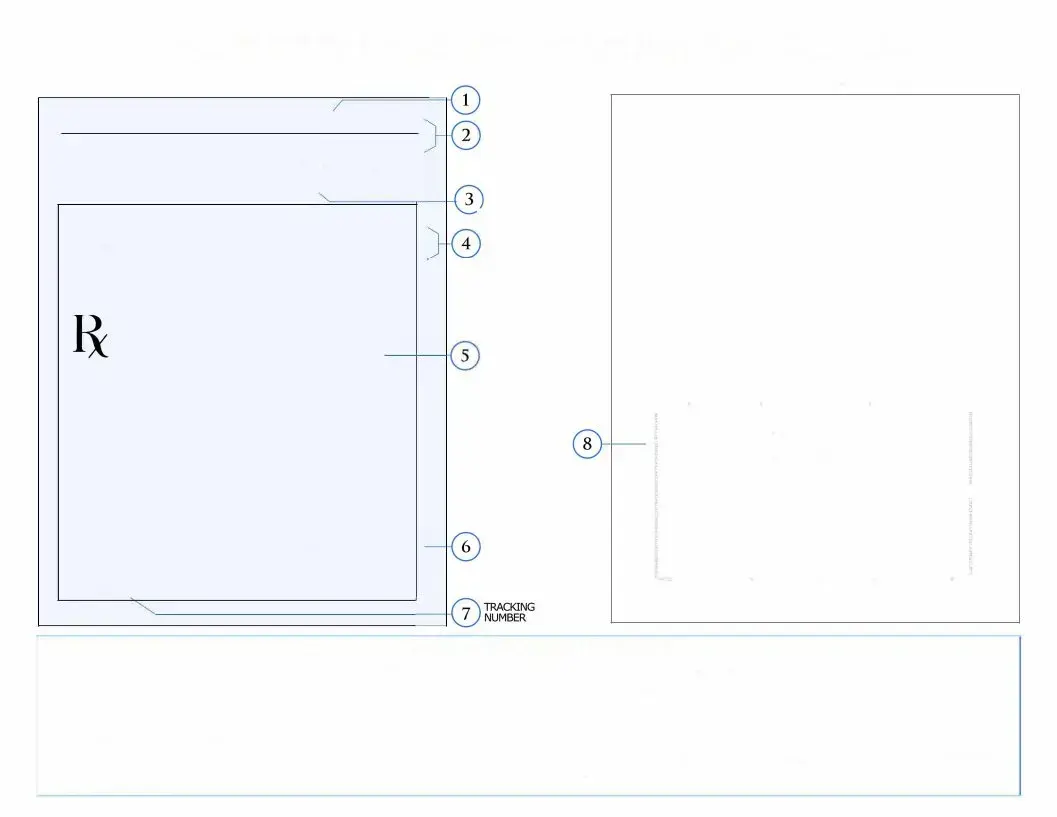A Medical Order Form is similar to a Prescription Pad form as both are used by healthcare providers to communicate necessary medical treatments to other healthcare providers or pharmacists. Just like a prescription pad details the medication a patient needs, a medical order form might specify other forms of treatment like physical therapy or dietary requirements.
An Authorization for Release of Medical Information form shares common ground with a Prescription Pad form because both deal with patient-specific information that must be handled with confidentiality. A prescription pad contains sensitive information about a patient's medication, while an authorization form permits sharing of a patient's medical records between healthcare professionals or institutions.
A Medication Administration Record (MAR) resembles a Prescription Pad form in its focus on the specifics of a patient's medication regimen. While the prescription pad form is used to prescribe medication, the MAR tracks the administration of those medications to a patient, including the time and dosage given, much like a detailed follow-up to the prescription pad's instructions.
Consent forms for treatment are akin to Prescription Pad forms in their role in patient care and decision-making. A Prescription Pad form signals a physician's decision and the patient's need for medication, while a consent form is an agreement by the patient or their guardian to undergo a specific medical procedure or treatment, emphasizing informed consent.
A Patient Intake Form also bears similarity to a Prescription Pad form, with both gathering critical information for the purpose of patient care. While a Prescription Pad form lists medications that a physician prescribes, a patient intake form collects comprehensive health history, symptoms, and concerns that inform such prescriptions and treatments.
Referral forms used by doctors to refer patients to specialists share objectives with Prescription Pad forms. Each serves as a critical communication tool in the continuum of patient care—while a prescription pad specifies medications, a referral form provides detailed information for another healthcare specialist's assessment and treatment plan.
Lastly, Treatment Plans are akin to Prescription Pad forms because they outline a course of action for a patient's care. A Prescription Pad form might be part of a treatment plan's implementation, specifying necessary medications, whereas the treatment plan itself is broader, covering goals, benchmarks, and therapies to address a patient's health condition.

